Shuo Shu and the art of storytelling
Everywhere you look, there’s a digital device with a face glued to it. Whether that’s on trains or planes, on the sofa, in meetings or even across the table at dinner. We’re truly living life through a lens. Full disclosure, I count myself as one of those people too – and this is certainly not a rant about how devices and the content we consume are changing society. Rest assured, I’ll keep that for another day. This is more a reflection on whether our digital reliance means we are losing our connection to storytelling.
Shuo Shu, the art of Storytelling, is an exhibition currently showing at the White Rabbit Gallery in Sydney. The artists use contemporary formats to explore the evolution of storytelling, an artform which spans some 4,000 years of Chinese history. At one time, crowds would eagerly have gathered around a lone narrator as they shared tales of mystical beasts, warriors, and immortals, infusing the air with enchantment. Today, that seems like a dying tradition. Something that is more likely to be replaced by a 15 second shortform video, eagerly consumed by a lone individual.
With this stark image in mind, are we at risk of losing the art of storytelling?
Much of my work revolves around helping people become more accomplished strategic storytellers. From presentation training and crafting value propositions through to sales narratives and positioning and pitch stories, sharing stories is one of the most powerful tools we have at our fingertips.
Why? Because stories are how we are wired to communicate. Very simply, it is in our DNA. It is how we share, store in memory and recall information. Even when a story isn’t shared, our brain will make one up to make it easier to store the information. A little dangerous if you don’t control your narrative!
While I wonder about the long-term impact on effective communication, it’s reassuring to see artists using contemporary formats to keep the art of storytelling alive.
It’s a timely reminder that no matter where technology takes us, storytelling will always form an integral part of our emotional connectivity. And that is something that can never be replaced.


